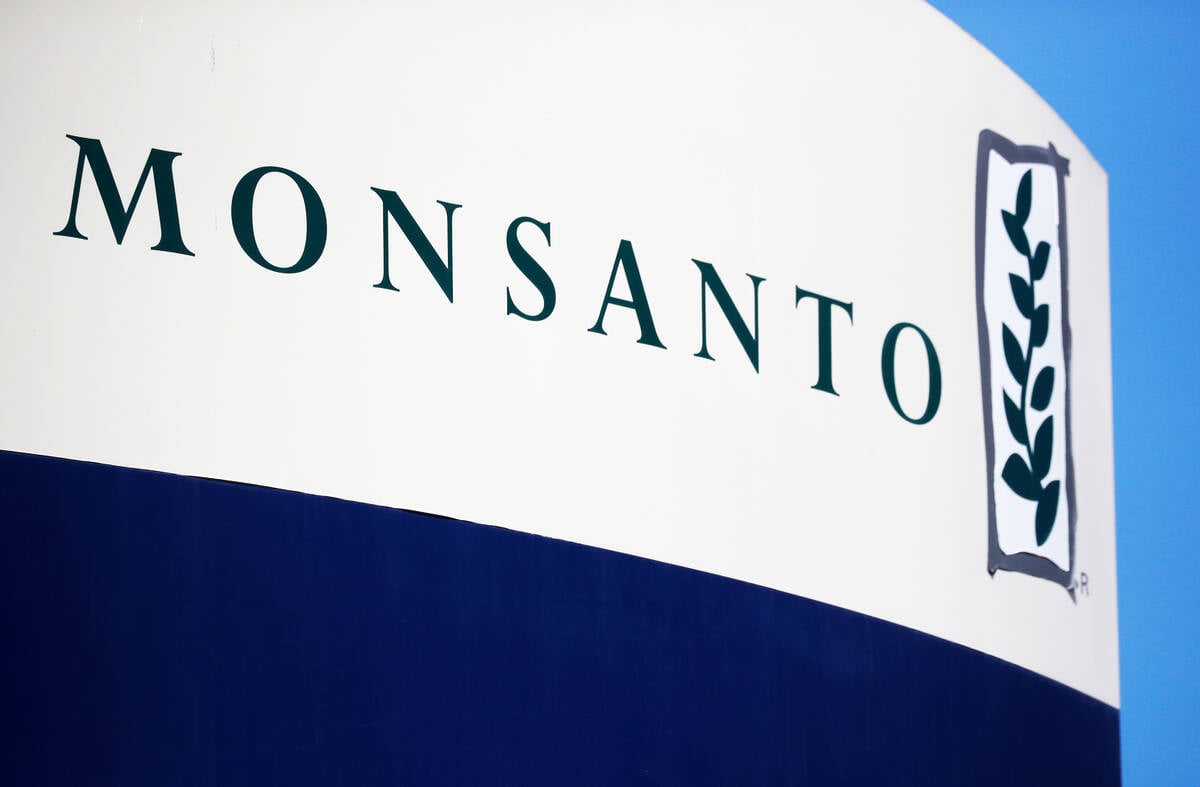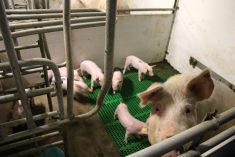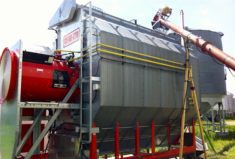In the past few years we’ve heard numerous times that the federal government wants agriculture to be an economic driver for Canada.
It also wants agricultural production to be greener.
Both can certainly be achieved. But changes to the federal carbon tax scheme, the Greenhouse Gas Polluting Act, need to be considered for this to happen.
There are exemptions for some fuel use in the act, however, natural gas and propane are not included. This means producers are on the hook for paying a carbon levy on these fuels, which are used heavily for grain and oilseed drying, heating buildings and their homes.
Read Also

Roundup retraction makes public trust ripples
A foundational study on glyphosate safety was recently retracted, while Roundup maker Bayer has already said it may ditch the key agricultural herbicide after lawsuits piled up.
Conservative MP Philip Lawrence introduced a private member’s bill in February 2020 that would extend the exemption for qualifying farming fuel to natural gas and propane in an effort to help farmers. The 2021 federal election effectively killed this bill, but the Liberal government was unlikely to support it anyway.
Carbon pricing is a key element in the Liberal government’s climate action plan. Exempting more fuels would also result in less tax dollars. A report released by the Parliamentary Budget Office in December 2020 estimated that $235 million would be lost in the five-year period from 2021-26 if natural gas and propane were exempted from the carbon tax.
Although it acknowledges “that many farmers use natural gas and propane in their operations” the federal government said in its Dec. 14 Economic and Fiscal Update that it “proposes to return fuel charge proceeds directly to farming businesses in the backstop jurisdictions via a refundable tax credit, starting for the 2021-22 fuel charge year.”
Ontario and Manitoba are two of the backstop jurisdictions, having failed to develop a climate change strategy of their own that meets federal standards.
The feds are vague on how much the credit will be, but said it will be dependent on expenses “multiplied by a payment rate, as specified by the minister of finance for the fuel charge year.”
In response to the tax credit announcement the Grain Farmers of Ontario (GFO) said in a statement “the proposed tax credit in no way makes up for the costs to farmers or replaces the much-needed exemption.”
The GFO said grain farmers already pay tens of thousands of dollars in carbon tax directly and indirectly and the tax credit being proposed would return less than 20 per cent of the costs incurred to corn farmers, who are faced with the highest costs because corn is harvested at a higher moisture than other grains. With the tax set to increase from the current $40 per tonne to $170 per tonne of carbon in the next few years, the GFO estimates that some farmers could be paying $50,000 to $70,000 a year just in carbon tax.
Last year Agriculture and Agri-Food Canada (AAFC) earmarked $60 million for Canada’s Agricultural Clean Technology Program, and part of these funds will be used to help farmers purchase more efficient grain dryers. But the fact is even efficient dryers are still reliant on fuels and won’t drastically reduce energy use. They will just be newer. No technology to replace them currently exists and we’re years away from a possible alternative.
A more effective approach, according to research associate Sarah Dobson of the University of Calgary’s School of Public Policy, would be a lump sum payment or output-based rebate program for farmers. She is the author of a recent report ‘A Primer on Carbon Tax Relief for Farmers’ and writes that the carbon taxation program needs some form of an adjustable payment scheme that compensates farmers, while encouraging them to adopt alternative technologies that reduce emissions.
This of course will require substantial administrative work to achieve, and the federal government doesn’t seem motivated to tackle it. Neither does the Ontario government.
In the meantime, farmers are left with the burden of paying extra to dry grains, which can be substantial in wet, humid years.
Let’s hope grain prices remain high for the foreseeable future.















